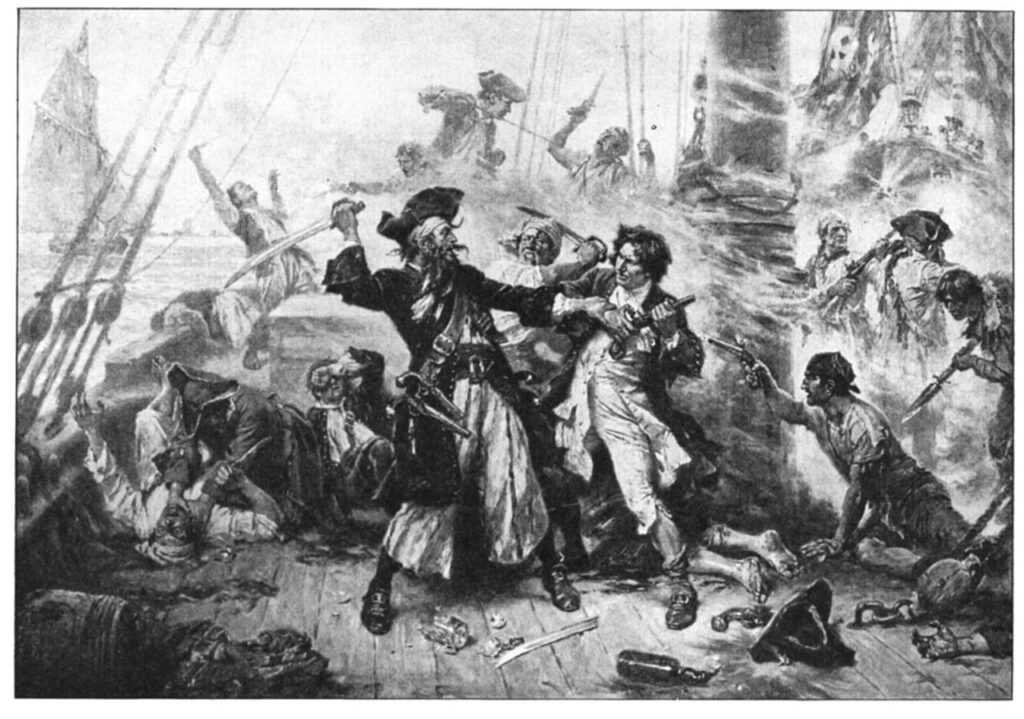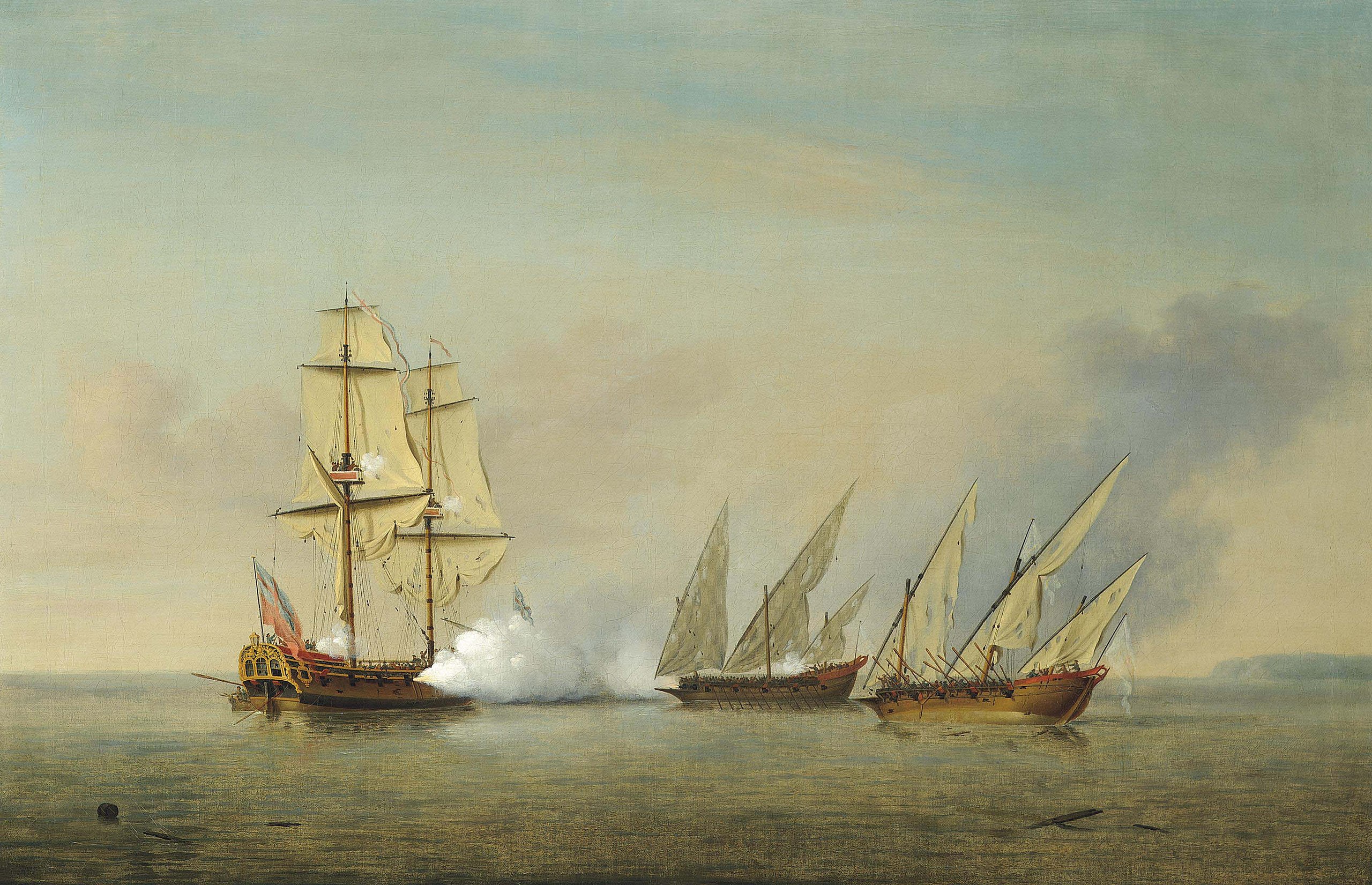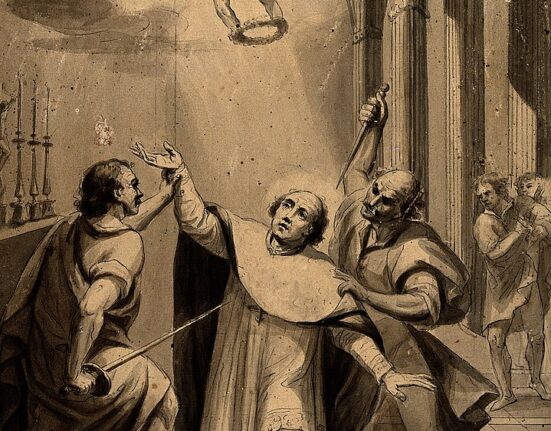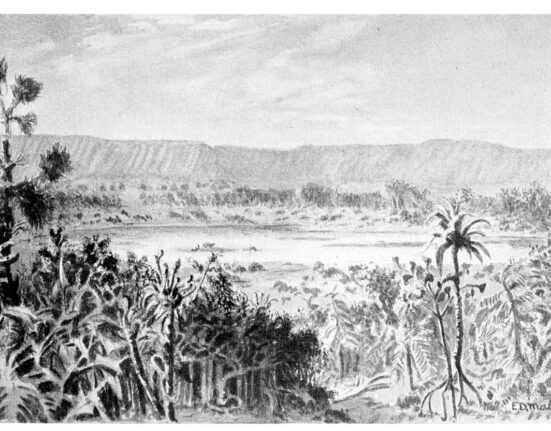Benjamin Hornigold may not be a household name, but for history buffs and pirate enthusiasts, Hornigold remains one of the biggest names in piracy. Active during the so-called “Golden Age of Piracy,” Hornigold is best known for his roles as a captain to some of the most infamous pirates in history, and as one of the major players in the so-called “Republic of Pirates” which was established in the Bahamas and included many of the most well-known and infamous names from the Golden Age of Piracy. (1)
Hornigold is believed to have been born in 1680. Very little information is available regarding his early life, or any of his history prior to his piracy career. Beginning in 1713, Hornigold established himself as a pirate in the area surrounding Nassau on the island of New Providence in the Bahamas. Hornigold’s beginnings were rather humble, his early piracy endeavors utilized sailing canoes called “periguas,” as well as a small sloop called the “Happy Return.” (2)
While his early piracy career was relatively small in scale, Hornigold made use of his skills as a privateer- he had previously served as a privateer for the British, plundering whatever Spanish or Portuguese ships he came across- and quickly became one of the most powerful pirates of his time. (3)
More Pirate History: Who is Rachel Wall? New England’s Ruthless Female Pirate
Blackbeard’s Captain

By 1716, Benjamin Hornigold was the captain of a 30-gun sloop called the Ranger. His operation grew quickly with this new acquisition and his crew began to grow with it. Most notable amongst his crew was his second-in-command, a man named Edward Teach. Edward Teach would be a priceless addition to Hornigold’s crew and with their combined skills as pirate captains, the two would capture several more vessels. Edward Teach gained a reputation for striking fear into his enemies and it was around this time that he became known as the fearsome pirate captain, Blackbeard. (4)
More Unusual History: Who was Grutte Pier? The Tall Tale of the Noble Pirate Pier Gerlofs Donia
Mutiny on the Marianne
With the help of Edward Teach, Hornigold’s fleet grew ever larger and his crew ever more fierce and numerous. Amongst this growing crew was a young pirate by the name of Samuel Bellamy. By the end of his own relatively short career, Bellamy was one of the richest pirates in history and was known by the nickname “Black Sam.” Black Sam’s own flagship, the Marianne, was obtained from Hornigold’s fleet after a mutiny in 1716 which saw Bellamy and a portion of Hornigold’s crew revolt against Hornigold and Teach. Though no longer a government-sanctioned privateer, Hornigold had enacted a strict policy against attacking or harming British ships. His national loyalty prevented him and his crew from claiming ill-begotten profits at the expense of England. While much of the crew was okay with this, many more saw this policy as an unnecessary restriction which ate into their share of the looted treasures. In the summer of 1716, a large swathe of the crew voted to reject Hornigold’s patriotic ideals. They instated Sam Bellamy as their captain and left Hornigold with a much smaller fleet and crew. (5)
One interesting detail which is difficult to place in Hornigold’s timeline is the capture of the Concorde. The Concorde was a wealthy French ship loaded with gold and treasure from a variety of trading posts in Africa. Some sources suggest that Edward Teach, alone, captured this prize, however most list it as a joint endeavor by the pair. In any case, the Concorde was captured in 1717 and renamed the Queen Anne’s Revenge by Teach. It remains one of the most legendary pirate ships in history. Long after the end of Teach and Hornigold’s partnership, the Queen Anne’s Revenge would be known as the flagship vessel of the infamous Blackbeard. (6)

The King’s Pardon
With a diminished crew and fleet, thanks to Bellamy’s mutiny, Benjamin Hornigold’s heyday as a pirate seemed to be drawing to a close. It was around this same time that the British government began taking a real interest in the rampant piracy which was plaguing the colonies. On the fifth of September 1717, King George I issued a statement offering a pardon for pirates who voluntarily chose to retire from piracy. Hornigold readily accepted this offer and forged a relationship with the recently-appointed governor of the Bahamas, a man named Woodes Rogers. Rogers was, himself, a sea captain and former privateer. Shortly after accepting the pardon, Governor Rogers enlisted Hornigold as a privateer with orders to hunt down the pirates who had failed to accept the “King’s Pardon.”
More Criminal History: Elmer McCurdy: The Six Million Dollar Mummy
The Pirate Becomes the Pirate Hunter
Benjamin Hornigold spent the ensuing years pursuing a number of noteworthy pirates. He is credited with capture of John Augur, however much of his privateering days were spent in fruitless pursuit of the pirate captain, Charles Vane. Hornigold may have been responsible for the capture of several more pirates, however details surrounding this section of his life are largely unavailable.
In 1719, Benjamin Hornigold and his privateering crew were shipwrecked on a reef in the Gulf of Mexico. Hornigold and several other men survived as castaways for a time, but Hornigold ultimately perished. Only a few of his crew survived using a makeshift canoe. This event ended the career of a pirate who is most known for his roles in the lives of several other notorious figures. While Benjamin Hornigold may not have gained the reputation of Blackbeard or the riches of Black Sam, he was an instrumental figure in both of their careers as well as a fascinating pirate unto himself. (7)






